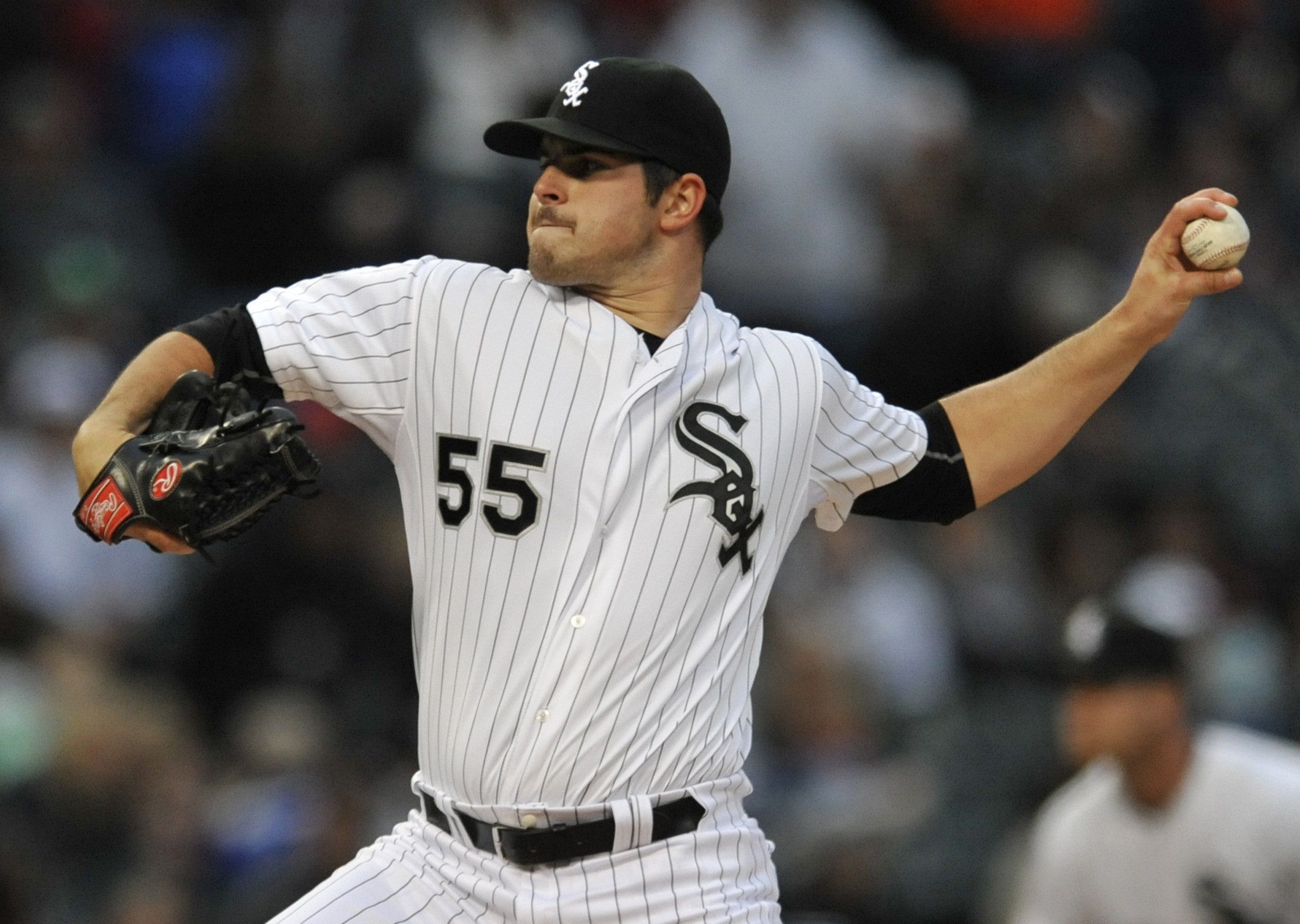One of the trickier situations to deal with in MLB DFS is when a pitcher makes his Major League debut. Will he ball out or flame out? Since we do not have as much data on a debut pitcher, it is tough to know what to do with him. Not every pitcher can throw an Illmatic in his debut like Nas did. However, they generally perform much better than you’d expect — perhaps Kanye West’s The College Dropout.
For some reason, people want to stack against pitchers making their debut. Keep in mind that there is a reason why they are making their debut in the first place — they are highly talented prospects. The average age of pitchers making their debuts this year is 24-years old. The most difficult aspect of assessing a debut pitcher is assigning a range — that is, what is this pitcher’s floor and ceiling? How consistent are they? Let’s use our data to take a look.

The average expected points for pitchers making their MLB debut is 10.7. The average actual points is 13.5. The range is quite large: 32.25 to -15.2. But, if you take away Severino Gonzalez’ best impression of King Felix last week, the average actual points climbs to 15.1. So if pitchers making their debuts are performing almost five points better, on average, then why is there so much chatter on loading up bats vs. a greenhorn? Severino is the only debut pitcher to allow over five runs this season. Even by looking at the moneyline and opponent run total, there is still not a clear indicator for when a debut pitcher will exceed his expected points or tank.
I did, however, look at each player’s FIP (Fielding Independent Pitching) for their latest Minor League season.

Looking at this chart, we can see that as the FIP climbs, the actual points lower. When gaining an edge on your opponent(s), it is important to look at all factors that may affect a player, especially one who has no Major League experience. We can also look at our Pro Trends for debut pitchers. You may be wondering how a pitcher with no statistics can have Pro Trends. Top 5 Ballpark, Playing at Home, Weather Rating, Vegas Rating, etc. are all trends that focus on the overall game situation instead of keying in on a player’s individual statistics.
Instead of having a mindset of “I’m going to stack against this rinky-dink rookie and reap the rewards”, we should rather be looking at when to roster debut pitchers. The average price of pitchers making their debuts is only $4,900. Of course, you don’t want to roster the next Severino, so I would only recommend starting debut pitchers in GPPs — this will allow you to absolutely load up on bats and really reap the rewards.
After all, I’m out for presidents to represent me.




